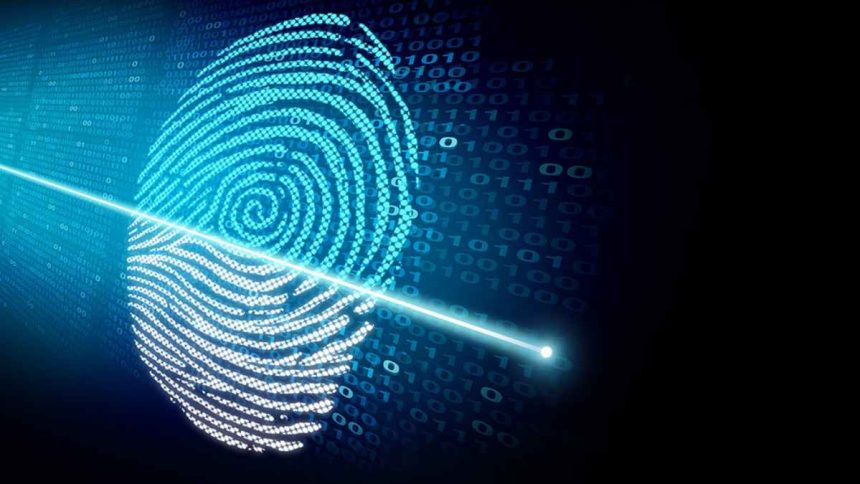Introduction
The way we pay for goods and services has significantly changed in recent years. Due to the growth of digital payments and contactless technologies, consumers today have more alternatives than ever when it comes to making purchases.
However, as these payment gateway options develop further, there is an increasing demand for more convenience and security. That’s where biometrics comes in. Biometric authentication, which uses unique physical or behavioural characteristics to verify identity, has the potential to revolutionize the way we pay for goods and services.
In this blog, we will explore the benefits of biometrics as a payment solution, the various types of biometric authentication, and the challenges that must be overcome for biometrics to become widely adopted in the world of commerce.
Biometric in Payments
Payment industry firms strive to minimise friction and speed up transactions to increase volume and satisfy customers since the pandemic drove a trend towards contactless payments.
Thanks to biometric payment solutions, online transactions are made more secure and provide a better user experience. You will never need to change or even remember a password when using biometric verification.
So, will PIN codes and/or passwords be obsolete soon? Recent advancements in biometrics imply that this might indeed be the case. According to a study in 2021, the biometrics payment industry is expected to expand at a strong 21.38 per cent CAGR by 2026.
Biometrics were once only used in high-security applications. But now, they are becoming more widely used.
Types of Biometric Technology
There are two main types of biometric technology- physiological and behavioural biometrics.
Fingerprints and face shapes are two examples of physiological data. To unlock iPhones, for instance, Apple’s Touch ID fingerprint scanner uses fingerprint authentication.
Keystroke dynamics (the rhythm of your typing), signature dynamics (the pressure you apply and the speed at which you move a pen), or mouse use dynamics are examples of behavioural data.
Here are some of the many ways in which biometric authentication can be used:
- Iris scan: Iris recognition, also referred to as retinal scanning, uses a person’s iris patterns to identify them. These patterns are unique to each individual and are unaffected by variations in exposure or lighting.
However, iris recognition devices can malfunction when contact lenses are involved.
- Voice recognition: Voice recognition uses a person’s voice and a certain phrase or vocal pattern to identify them. Given that microphones are already present in the majority of personal electronic devices, it may be a cost-efficient method to incorporate biometric authentication.
- Facial recognition: Another popular sort of biometric technology is facial recognition, which most of us are already familiar with thanks to FaceID on Apple or Android phones. It uses a person’s visual features, such as the form of their ears, nose, and eyes, to identify them.
- Fingerprint scanning: One of the most popular methods of biometric identification is fingerprint scanning. It’s simple to use, reasonably priced and has grown beyond use in government, business, and law enforcement to become a pattern for personal devices.
How biometric technology is transforming digital payments?
Since new cases of data breaches are reported every day, security for transactions and banking is becoming increasingly important. Several security methods are used by businesses all around the world to combat fraud.
Due to its promising potential as a solution to this problem, biometric authentication has recently attracted a lot of attention. Additionally, it promotes digital shopping by integrating biometric digital payment into stores and banks, as well as by establishing a biometric space for all mobile banking services.
These are the several ways in which biometric payment systems can change the world of digital payments:
- Enhances security: The fundamental benefit of biometrics is that they let you use personal features to establish your identification. In contrast to using something you have (like a document or card) or something you know, the data is unique to you, making it considerably less likely to be lost, stolen, or faked.
By using biometric single sign-on (SSO), a password management technology, user information can be readily protected from unauthorised parties.
- Improved customer experience: Biometrics facilitates consumer interactions while ensuring security compliance by measuring and analysing an individual’s unique physical or behavioural traits, such as fingerprints or speech patterns. Although important, convenience is not always easy to provide.
Passwords cause more difficulty in payments than biometrics do. Paying with biometric authentication is quick and easy. Since users don’t have to remember PINs and passwords, this makes it a more convenient option for them.
- Multiple options: A wide range of biometric authentication methods are available to users, including voice, facial recognition, voiceprint, retina, and more. You can save time by not having to remember passwords by using fingerprint and Touch ID sign-in for mobile banking apps.
The availability of multiple biometric options makes this more popular among businesses and organizations to use any of their preferred alternatives.
- Quick onboarding: Customer data and secure sites are protected via biometric identification. When attempting to bring in new clients, a seamless onboarding procedure is important. This is where the use of biometrics in finance is relevant.
Customers may instantly confirm they are who they say they are and start using your services right away with the help of a fingerprint scan.
- Competitive edge for businesses: Payments made with biometrics are more secure. Customers’ trust in a company is increased by better security, which improves business opportunities.
In order to keep up with or advance ahead of your competition, it is essential to stay ahead of new trends that emerge in security and security risks.
Enjoy smooth and seamless payment solutions with NTT DATA Payment Services!
NTT DATA Payment Service offers a comprehensive payment solution for businesses, providing end-to-end payment acceptance services through various channels, including online and offline.
Their wide range of payment services enables merchants to collect payments using over 100 different options, including a secure online payment gateway, card swipe machine, IVR, merchant mobile application, and white-labelled solutions for banks.
With NTT DATA Payments Services, merchants have access to a secure and seamless payment experience, allowing them to collect online, offline, and contactless payments anytime and anywhere.
Conclusion
In conclusion, biometrics technology is rapidly changing the payment landscape, providing a faster, more secure, and more convenient payment solution.
With the increasing adoption of biometric authentication in various industries, including finance, healthcare, and retail, it is clear that biometric payment solutions are here to stay. The use of biometrics not only improves the customer experience but also enhances the overall security of payment transactions, reducing the risk of fraud and identity theft.
As the technology continues to evolve and become more accessible, we can expect to see even more widespread adoption of biometrics as the future of payment solutions.
Lynn Martelli is an editor at Readability. She received her MFA in Creative Writing from Antioch University and has worked as an editor for over 10 years. Lynn has edited a wide variety of books, including fiction, non-fiction, memoirs, and more. In her free time, Lynn enjoys reading, writing, and spending time with her family and friends.















